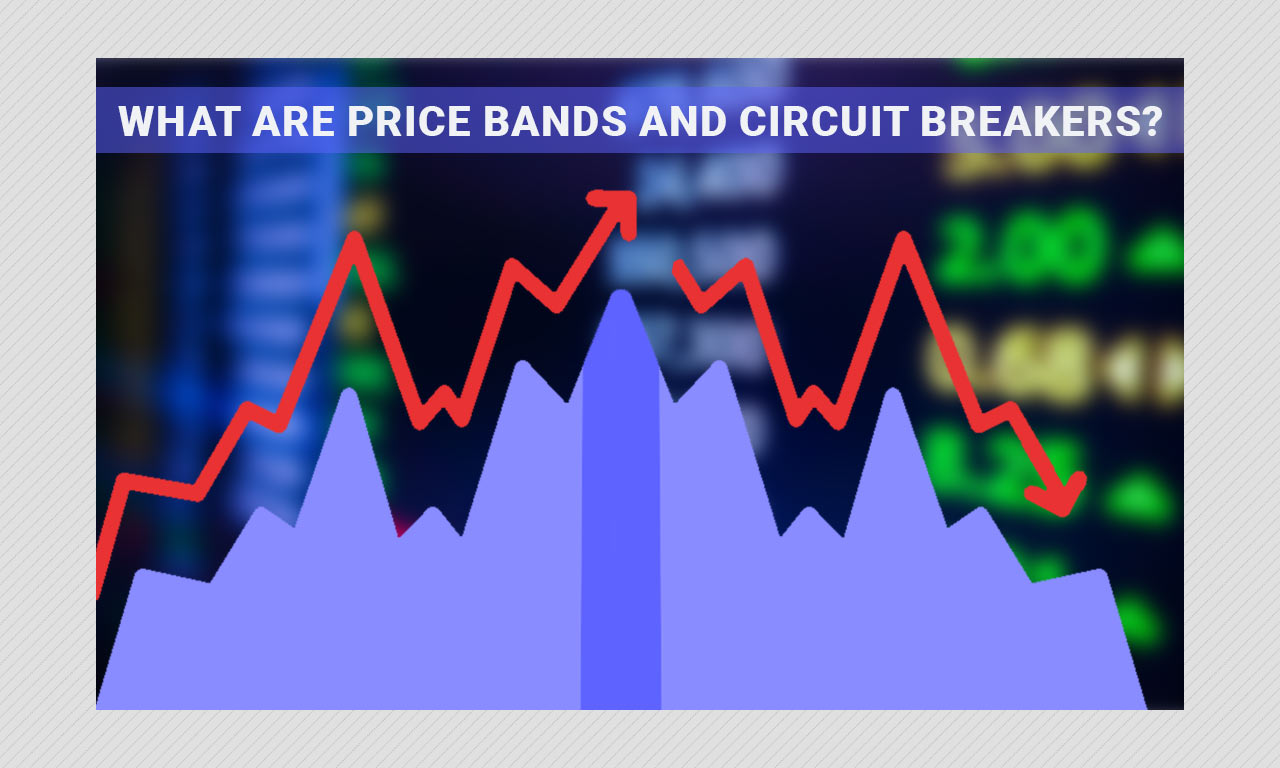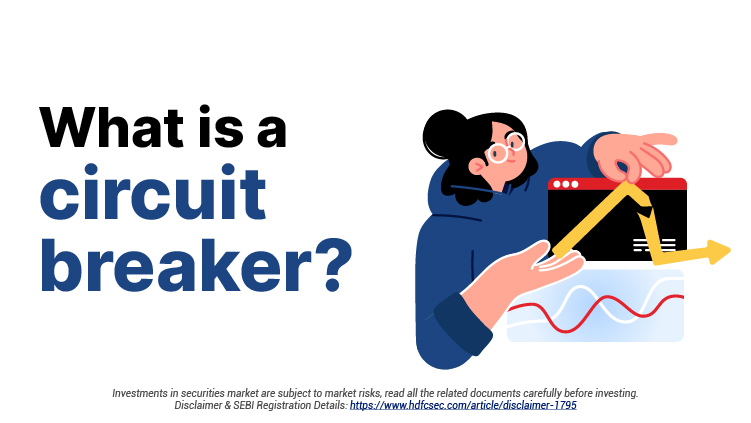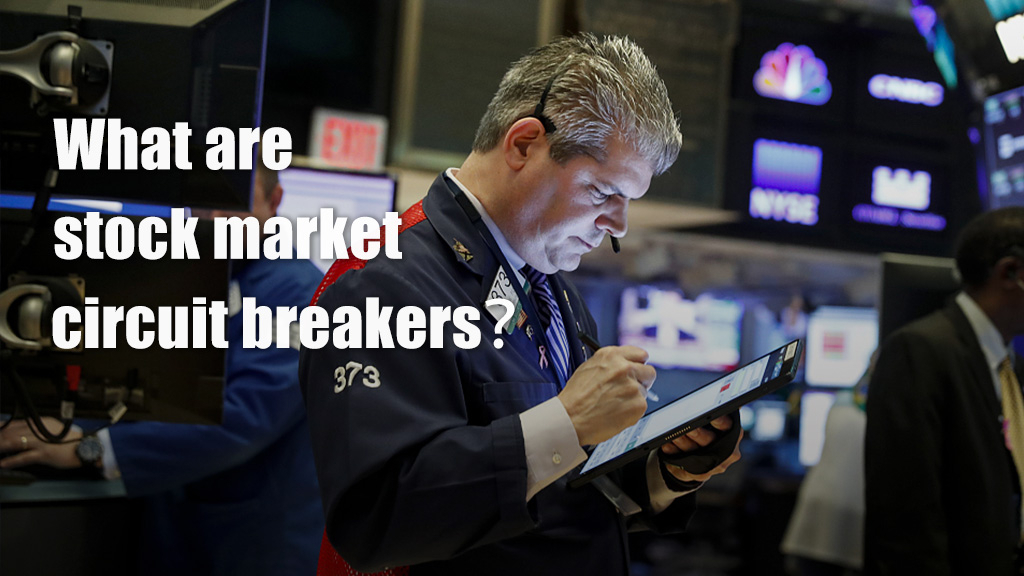The stock market can be a volatile place, with prices fluctuating rapidly and unpredictably. To prevent extreme market swings and give investors time to reassess their positions, exchanges have implemented a mechanism known as a circuit breaker. But what exactly is a circuit breaker, and when does it come into play?
What is a Circuit Breaker?
A circuit breaker is a temporary halt in trading activity on a stock exchange, triggered by a significant decline in the market. The purpose of a circuit breaker is to prevent a market free fall, allowing investors to pause, reassess, and make informed decisions. It's essentially a "time-out" for the market, giving participants a chance to regroup and stabilize prices.
How Does a Circuit Breaker Work?
In the United States, the Securities and Exchange Commission (SEC) and the Financial Industry Regulatory Authority (FINRA) have established rules for circuit breakers. The rules are based on the S&P 500 Index, which is widely considered a benchmark for the overall market. If the S&P 500 Index declines by a certain percentage, trading is halted for a specified period.
There are three levels of circuit breakers, each with a different decline threshold and halt duration:
Level 1: 7% decline, 15-minute halt
Level 2: 13% decline, 15-minute halt
Level 3: 20% decline, trading halt for the remainder of the day
When is a Circuit Breaker Triggered?
A circuit breaker is triggered when the S&P 500 Index declines by the specified percentage within a single trading day. The decline is calculated based on the index's closing price from the previous day. For example, if the S&P 500 Index closed at 3,000 the previous day and falls to 2,790 (a 7% decline) during the current trading day, a Level 1 circuit breaker would be triggered, halting trading for 15 minutes.
Why are Circuit Breakers Important?
Circuit breakers play a crucial role in maintaining market stability and preventing extreme price movements. By halting trading during periods of high volatility, circuit breakers:
Prevent market panic: By giving investors time to reassess their positions, circuit breakers can prevent a market free fall.
Reduce market volatility: Circuit breakers help to reduce the speed and magnitude of price movements, allowing the market to stabilize.
Promote fair trading: Circuit breakers ensure that all market participants have an equal opportunity to react to market developments, promoting fair and orderly trading.
In conclusion, a circuit breaker is an essential mechanism for maintaining market stability and preventing extreme price movements. By understanding how circuit breakers work and when they are triggered, investors can better navigate the markets and make informed decisions. While circuit breakers cannot prevent market volatility entirely, they provide a necessary pause during times of extreme market stress, allowing investors to reassess and adjust their strategies. As the stock market continues to evolve, the importance of circuit breakers will only continue to grow.
Note: This article is for informational purposes only and should not be considered as investment advice. Always consult with a financial advisor or conduct your own research before making investment decisions.









